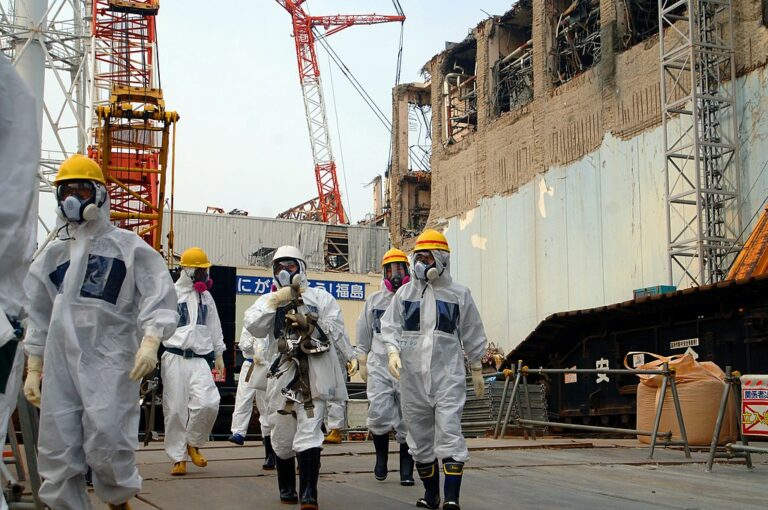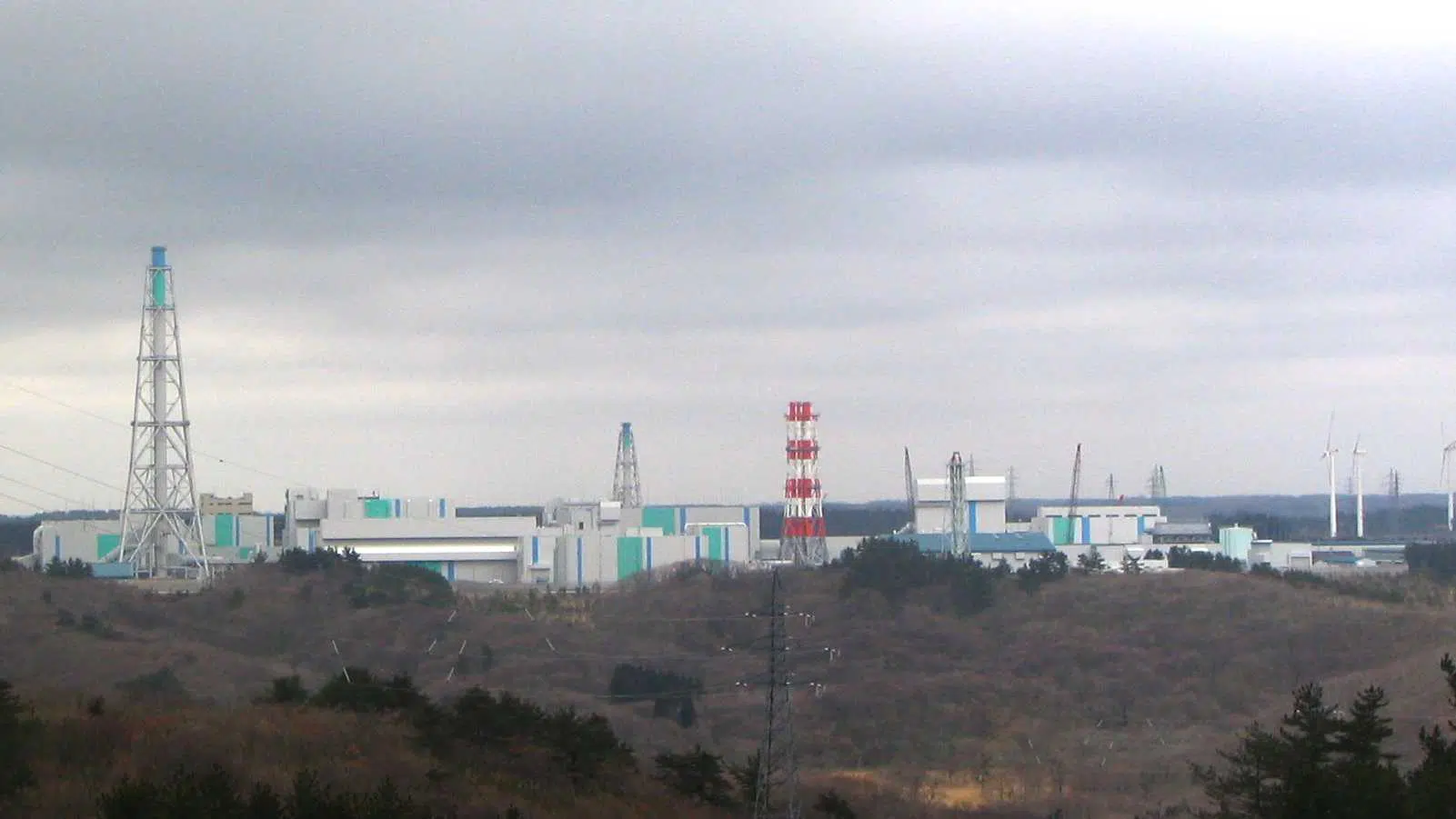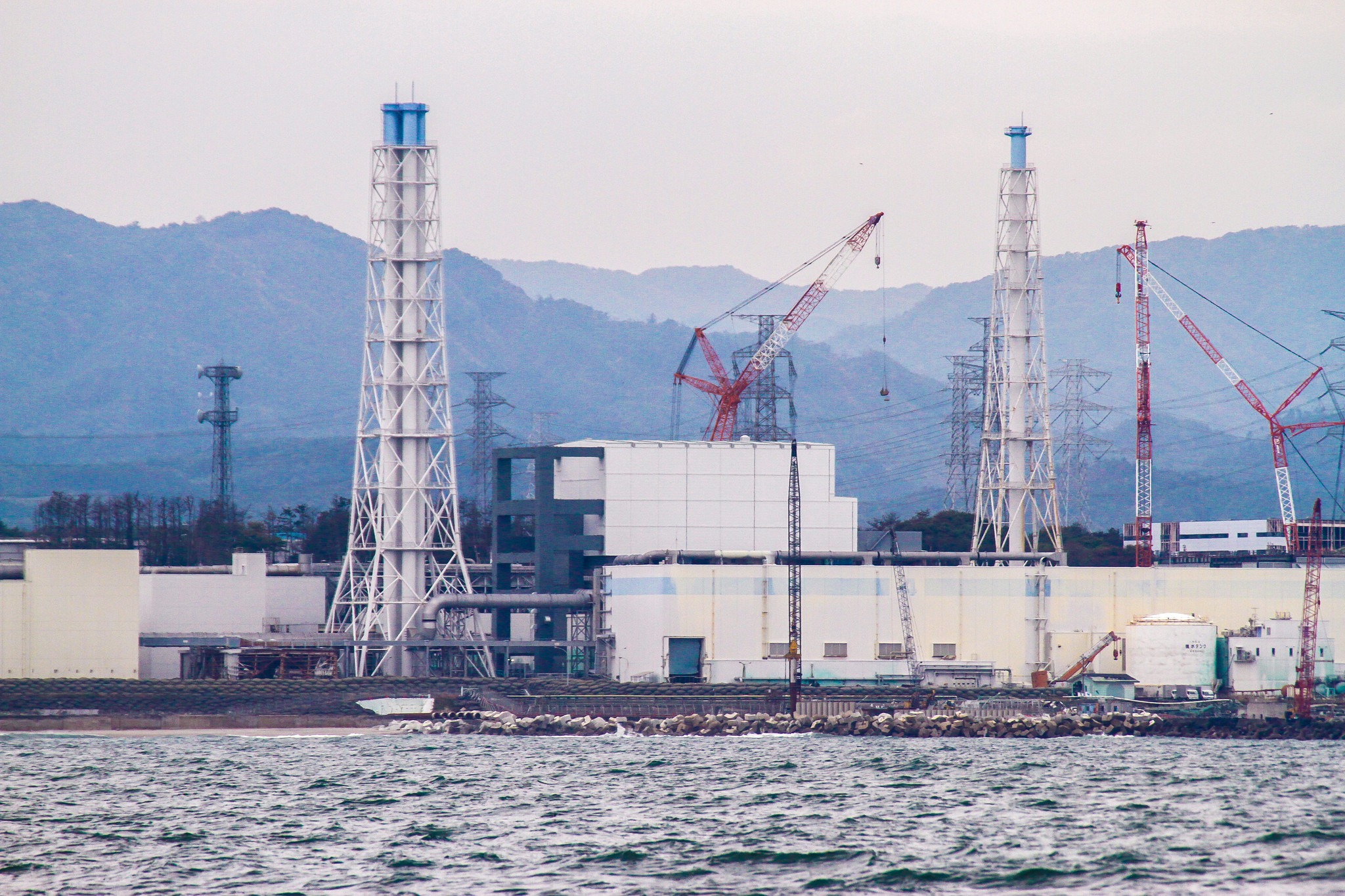Fukushima Water Release: Trusting Scientific Innovation and Nuclear Safety Regime
RSIS Commentary
APLN member Mely Caballero-Anthony co-wrote an article with Julius Cesar Trajano on the Fukushima water release, arguing that Japan’s decision to gradually release treated Fukushima water into the Pacific Ocean has been found to be scientifically safe, but this decision need to be backed by efforts to build trust and confidence at multiple levels amidst politicisation of the issue and threats to the health of our oceans. The original post can be found on the RSIS website here.
Japan’s plan to begin discharging treated water from the Fukushima Daiichi Nuclear Power Station into the Pacific Ocean on 24 August 2023 has been met with mixed responses within and outside Japan. The decision to release the treated radioactive water was done after the International Atomic Energy Agency (IAEA) had completed a comprehensive two-year technical review of the safety-related aspects regarding the handling and discharging of the treated water. The IAEA issued its review report on 4 July 2023.
Against the intense geopolitical tensions in East Asia involving Japan and its neighbours, and the growing concerns about the multiple threats to the health of our oceans, Japan had to find ways to reassure and to address the criticisms of its neighbours, environmental activists and its local fishing communities. Decisions based on science and technology still need to be backed by efforts to build trust and confidence at multiple levels.
The Controversial Japanese Plan
For many years, the Tokyo Electric Power Company Holdings (TEPCO), the operator of the Fukushima Daiichi nuclear power plant, which was crippled by the 2011 earthquake and tsunami, had collected the plant’s highly radioactive water, and stored them in special tanks on site to prevent them from polluting the environment.
To date, tanks on the site store about 1.3 million tonnes of radioactive water, equivalent to 500 Olympic-sized swimming pools. In treating the contaminated water, TEPCO had installed the Advance Liquid Processing System (APLS), a pumping and filtration system, which removed most of the hazardous isotopes from the water, leaving only tritium, a radioactive isotope of hydrogen that is hard to separate. TEPCO will dilute the treated water until its tritium level falls below the regulatory limit – when it is considered safe for drinking under World Health Organization standards – before pumping it into the Pacific.
The discharge of the treated water will not be done all at once. Japan plans to release the treated water gradually over several decades. By the end of this fiscal year, TEPCO intends to release 31,200 tonnes of the water.
Trusting the Scientists and Technical Safety Assessments
The safe discharge of the stored water in the vicinity of the Fukushima nuclear plant needs to proceed with the decommissioning of the plant. The decision of Japan, with the strong backing of IAEA’s scientific review, is not merely about easing the financial burden of TEPCO in maintaining the water tanks. The larger and more important issues are the complete decommissioning of the nuclear station and ultimately, the much-needed reconstruction in Fukushima prefecture.
The IAEA safety report confirmed that tritium does not cause significant damage to the environment if kept within regulatory levels. However, it can be dangerous to humans if it enters the body in highly concentrated levels, a risk which the APLS system was intended to avoid. For over 60 years, waste water containing tritium had been routinely released by nuclear plants around the world at the level deemed to be safe for the marine ecosystem.
The IAEA safety report had concluded that that the approach and actions taken by TEPCO, the Japanese government, and its regulatory body, the Nuclear Regulation Agency, for the discharge were consistent with international safety standards, and that the radiological impact on people and the environment would be negligible. The safety standards followed were stringent and based on 11 key IAEA nuclear safety documents developed by nuclear experts from IAEA member states over the years.
Furthermore, the IAEA Task Force that contributed to the report comprised experts from the IAEA Secretariat alongside internationally recognised independent experts (with extensive experience from a wide range of technical specialties) from Argentina, Australia, Canada, China, France, the Marshall Islands, the Republic of Korea, the Russian Federation, the United Kingdom, the United States and Vietnam.
The IAEA acknowledged that the release of the Fukushima nuclear plant’s treated water has stoked societal, political and environmental concerns associated with the feared radiological impacts on the marine ecosystem. However, independent marine and nuclear scientists, while acknowledging that the method for treating the waste water is controversial, believed that it will not harm the oceans and cause safety issues to marine food supply.
Public Trust Issues
Despite safety assurances from the IAEA, the Japanese government, and various technical experts, Tokyo’s announcement on the commencement of the discharge on 24 August was met by an angry response from China, which banned the import of all seafood from Japan. Hong Kong and Macau also imposed import bans on Japanese seafood, but partially. The South Korean government would not endorse the plan although it did not object to the scientific basis of the water release plan.
Japanese domestic stakeholders, including especially Fukushima’s fisherfolks, have raised reputational concerns given that Japanese and foreign consumers will avoid Japanese fish and seafood products, which would also impact on their livelihoods even before any meaningful recovery from the 2011 nuclear disaster had taken place.
As for the Japanese anti-nuclear movement, and environmental and community groups from Japan and the neighbouring countries, the water release was tantamount to “dumping nuclear-contaminated water into the sea”, notwithstanding that the Fukushima water had been treated and found safe in accordance with strict safety standards.
In the years ahead, regaining the trust of its neighbours and the Fukushima communities will be an uphill task for Japan. Even when a scientific innovation becomes available to solve a nuclear problem, it will have to deal with environmental activists and politicisation of the issue. For the discharge of waste water from the Fukushima nuclear plant and the reconstruction of the prefecture, the concerns that will arise during the decades-long discharge plan need to be addressed by continued scientific transparency and effective public communication on the part of Japan and the IAEA.
Public Communication and Scientific Transparency
Japan and the IAEA have been transparent in its approach and actions on the matter. This open, nothing-to-hide policy will help to restore public trust. Therefore, regular updates, and sharing of information, including scientific data, post-release assessments, and engagements with international and domestic stakeholders, through effective public communication, would be necessary.
Image source: Wikimedia



![[Interview] Japan Must Cease Fukushima Dumping and Establish Independent Oversight Body](https://cms.apln.network/wp-content/uploads/2024/03/15170850280697.jpeg)
